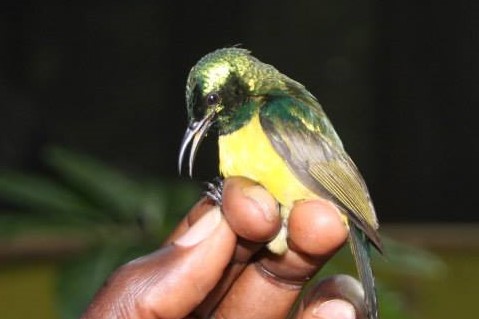Your basket is currently empty!
Revolutionizing Agroforestry: High-Yield, Climate-Positive Moringa Forests

Introducing Moringa as a Superior Forestry Base: Our artificial moringa forestry model leverages the high-performing Indian strain of moringa, renowned for its abundant flowering and superior oil production. By cultivating 1,600 trees per hectare in a strategic, low-density arrangement, we optimize sun exposure for the flowers and support diverse pollinators—including bees, butterflies, sunbirds, moths, and fruit bats. This thriving pollinator community not only enhances biodiversity but also creates a unique byproduct: high-quality moringa honey.

Optimal Land Use for Maximum Yield and Soil Health: The trees are pruned to 1.5 meters, creating a compact, easily manageable canopy that yields a steady supply of the valuable “drumstick” fruits. Meanwhile, shade-loving, nitrogen-fixing cover crops such as kale, spinach, and strawberries fill the ground layer, enriching the soil, maintaining moisture, and providing additional harvests. These deep-rooted crops act as natural carbon and water reservoirs, stabilizing the ecosystem and reducing the need for external fertilizers.
Maximizing Value from Every Part of the Tree: This forestry model ensures that nothing goes to waste. Moringa fruits are cold-pressed to extract premium-quality oil, with the residual seed cake providing high-protein animal feed. Leaves are harvested, dried, and processed into nutrient-dense moringa powder, while any remaining biomass is repurposed as renewable energy sources, such as charcoal, biodiesel, or wood vinegar—a natural fertilizer and pesticide.
The Moringa Advantage in Carbon Sequestration: Known for its rapid growth and efficiency in carbon capture, moringa trees absorb up to 20 times more CO₂ than cedar trees, making them an unparalleled choice for climate-resilient forestry. As a green powerhouse, each tree actively combats climate change while producing a renewable, nutrient-rich crop.
Be Part of a Regenerative Future: Our moringa-based forestry model offers a visionary approach to agriculture—one that produces sustainable nutrition, boosts local economies, and protects the environment. With moringa, we’re not just growing trees; we’re cultivating a future of ecological health and economic resilience.
Leave a Reply